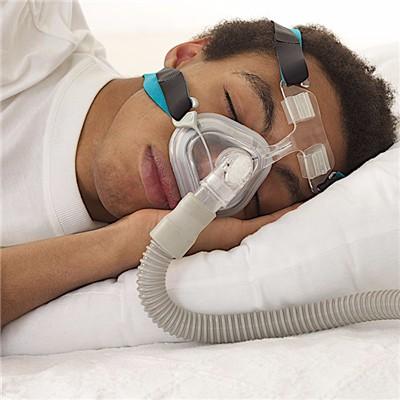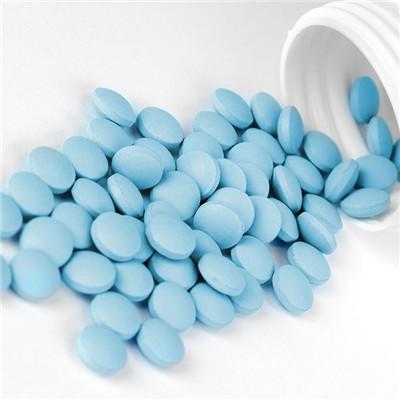Fracture treatment
summary
Most of the fractures are caused by trauma. Generally, the fractures we described are fractures of the spine and limbs. If the injury is not particularly serious, conservative treatment can be taken for rib fractures, sternum fractures and head and face fractures. Next, I will discuss the main treatment methods for simple spine fractures and limb fractures.
Fracture treatment
First: the striate fracture caused by trauma, that is to say, the fracture line can be seen on the X-ray, but there is no obvious dislocation, and there is no obvious deformity and swelling on the appearance. In this case, direct fixation can be adopted, such as splint, plaster, foot cover and other fixation supplies. Another is the fracture with less serious dislocation, such as Kirschner's fracture and Smith's fracture, which can be fixed by plaster after manual reduction. After reduction, X-ray will be rechecked. If the alignment is good, the plaster can be removed in about a month.

Second: generally, we talk about reduction, fixation and functional exercise. The first two steps are important, but functional exercise can not be ignored. No matter whether the fracture is operated or not, as long as it involves joint movement, we must do functional exercise. The most common ones are wrist joint, finger joint, ankle joint and knee joint, which can be gradually improved after a month After exercise, the rehabilitation exercise should be carried out persistently to reach the normal position of flexion or extension. This is a boring process of suffering from pain. Of course, we also have mechanical assistance, but we all use anesthetics to directly restore the joints to the normal position, which may damage the ligaments and cartilage. Therefore, it is more worthwhile to exercise by ourselves.

Third: spinal fractures are mostly compression fractures, generally more than 1 / 3, it's better to have surgery, otherwise it's easy to have low back pain in the future. This is a personal consideration of the pros and cons. Fractures of the transverse process and spinous process of the spine generally do not need special treatment. Fractures that compress the spinal cord need surgical treatment. We generally give methylprednisolone impact treatment to prevent spinal cord edema Spinal cord swelling will cause paraplegia, comminuted fractures if not particularly serious, and no neurological symptoms can be taken conservative treatment, but the recovery time is relatively long, femoral head fractures and intertrochanteric fractures, femoral shaft fractures also need to take open surgery fixation, preoperative traction can be carried out to facilitate intraoperative reduction.

matters needing attention
Fracture alignment is a key to the success of fracture reduction. Generally, according to different parts, some slight errors are allowed, but it can't affect the function. This must show understanding. Different parts and degrees of fracture have different treatment methods, but reduction, fixation and functional exercise are the most basic treatment methods for any kind of fracture.














